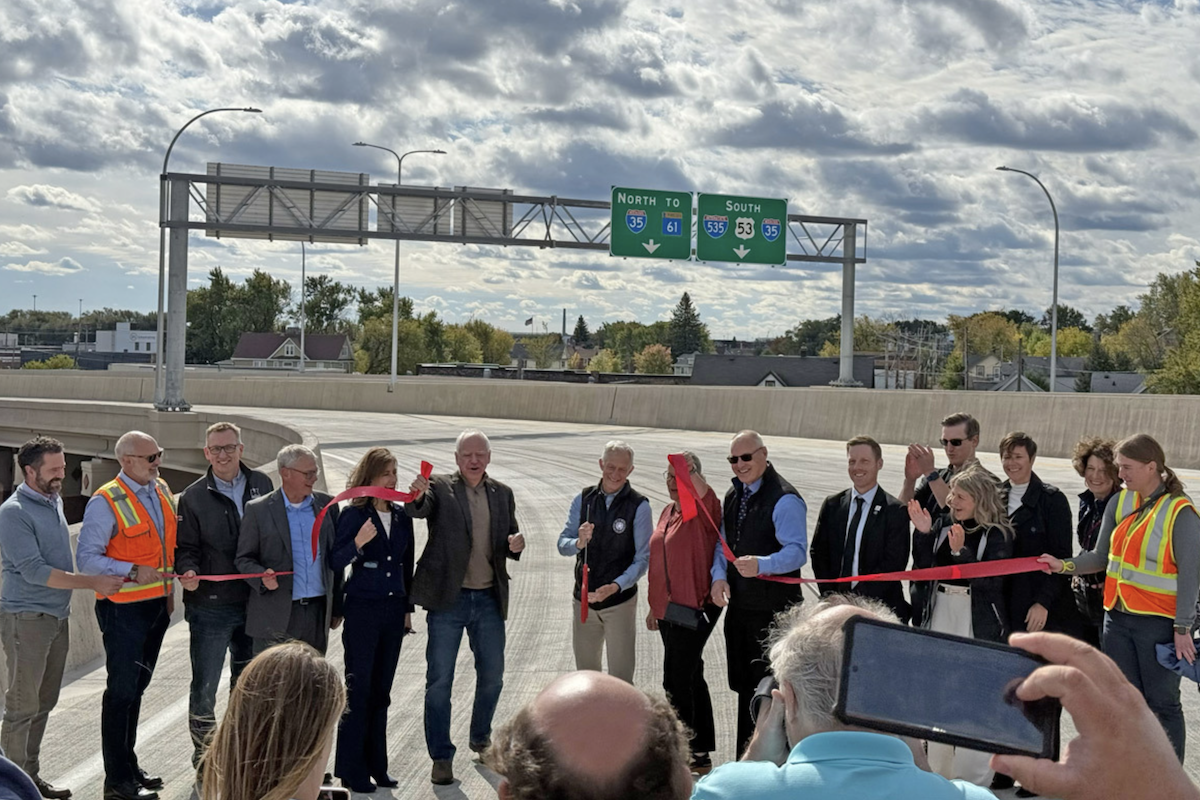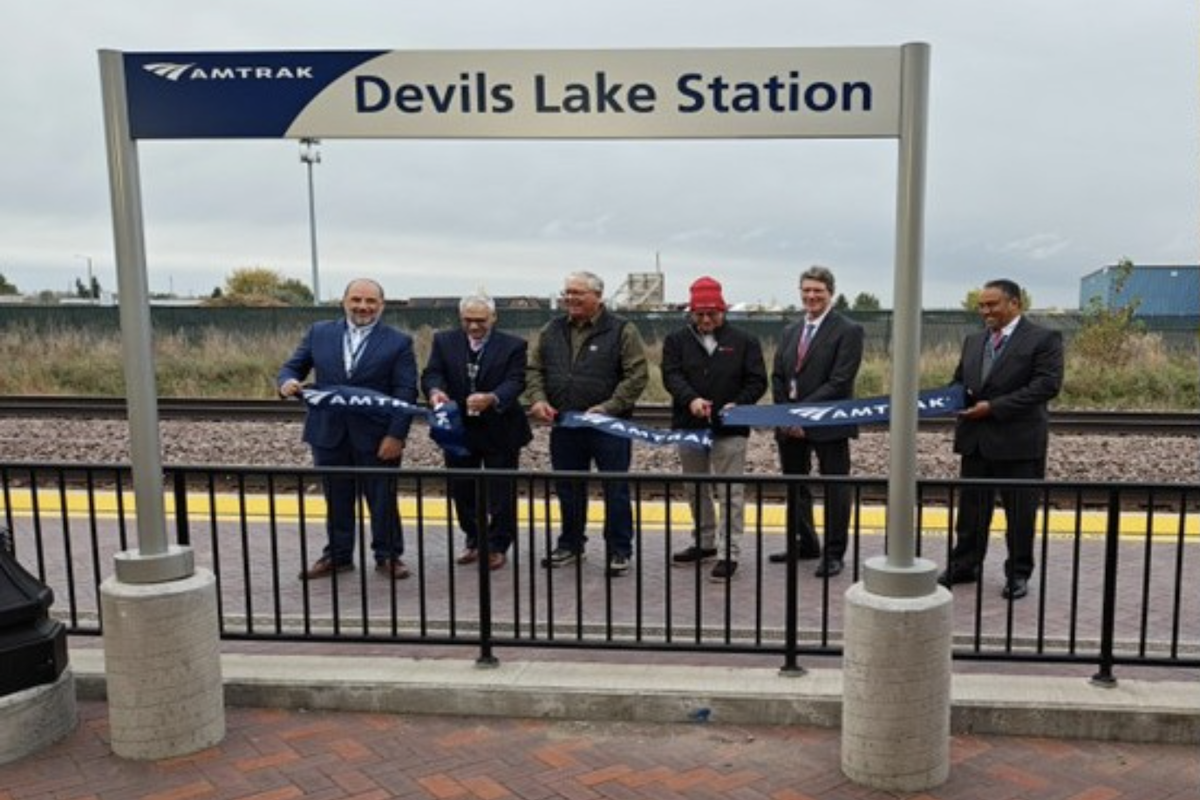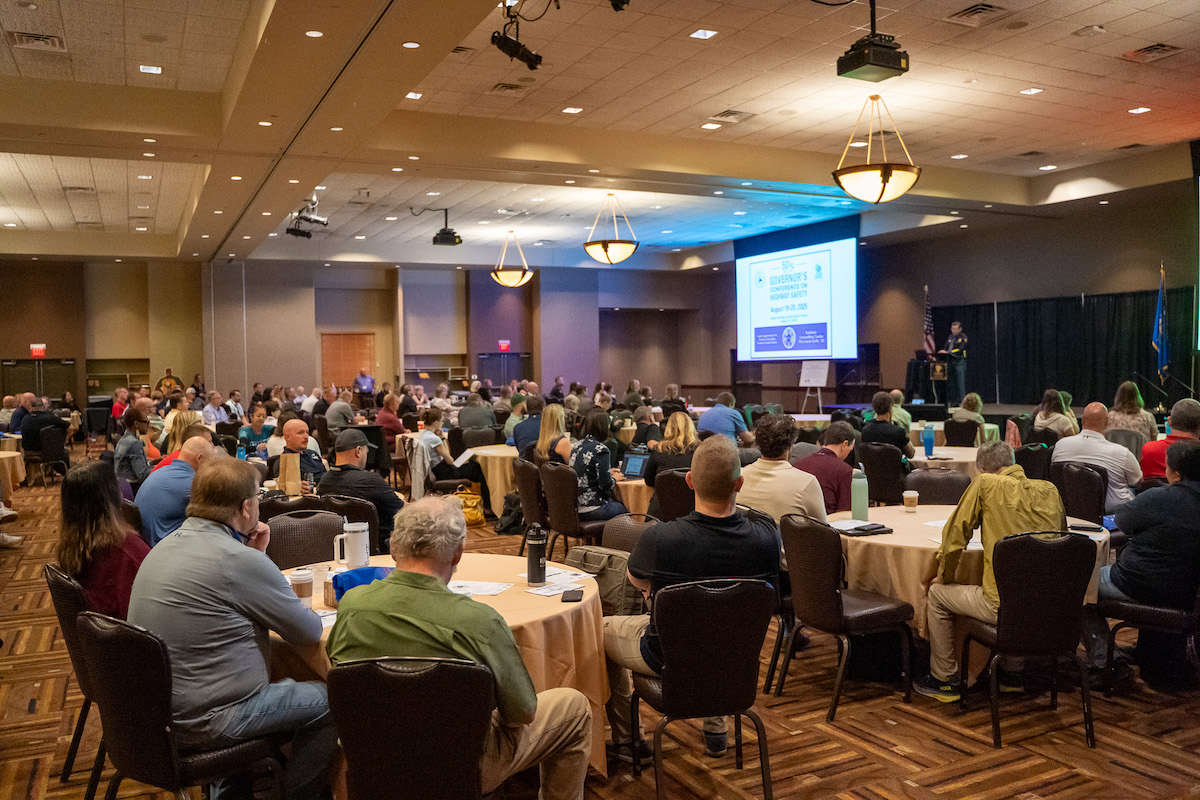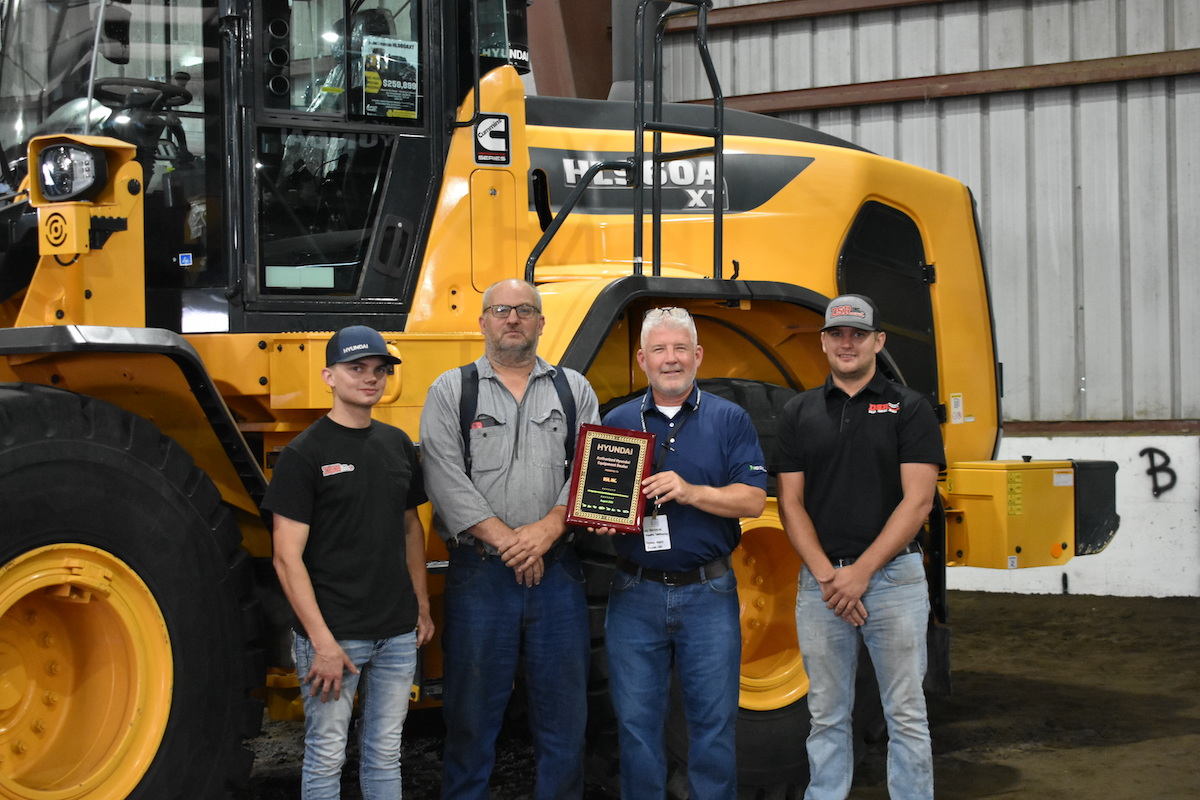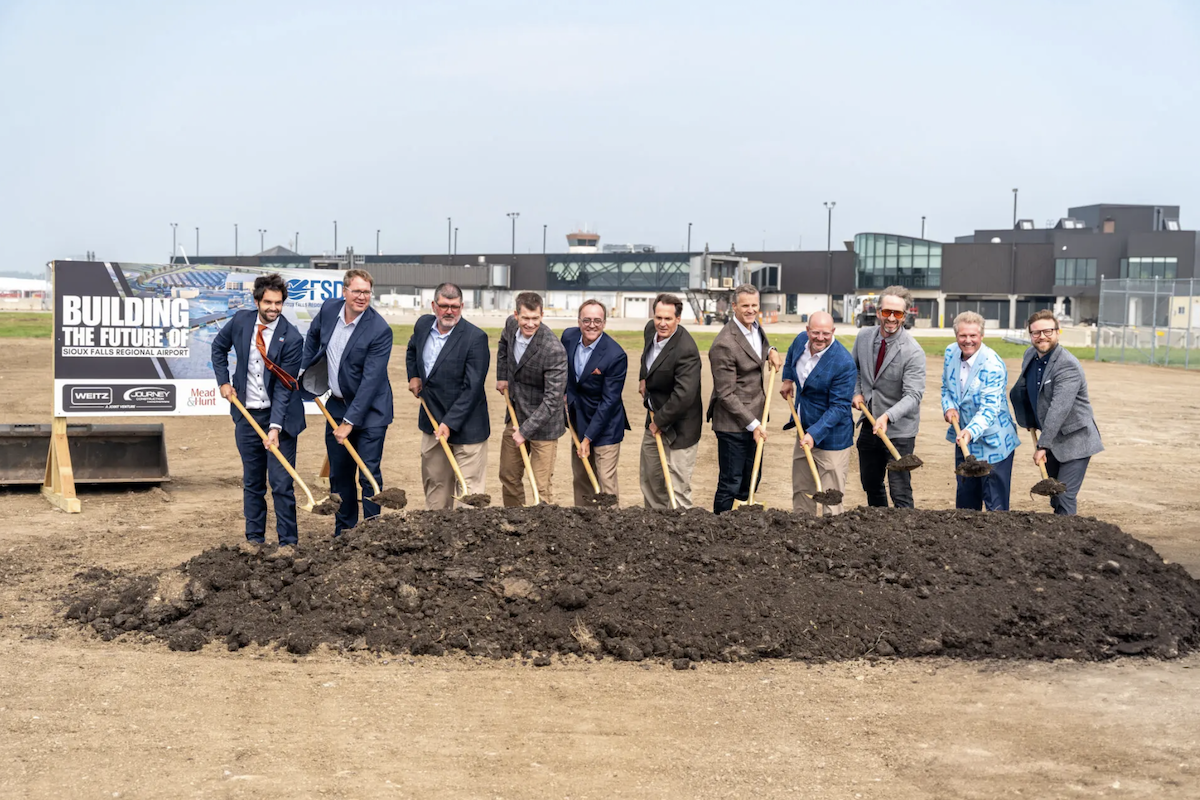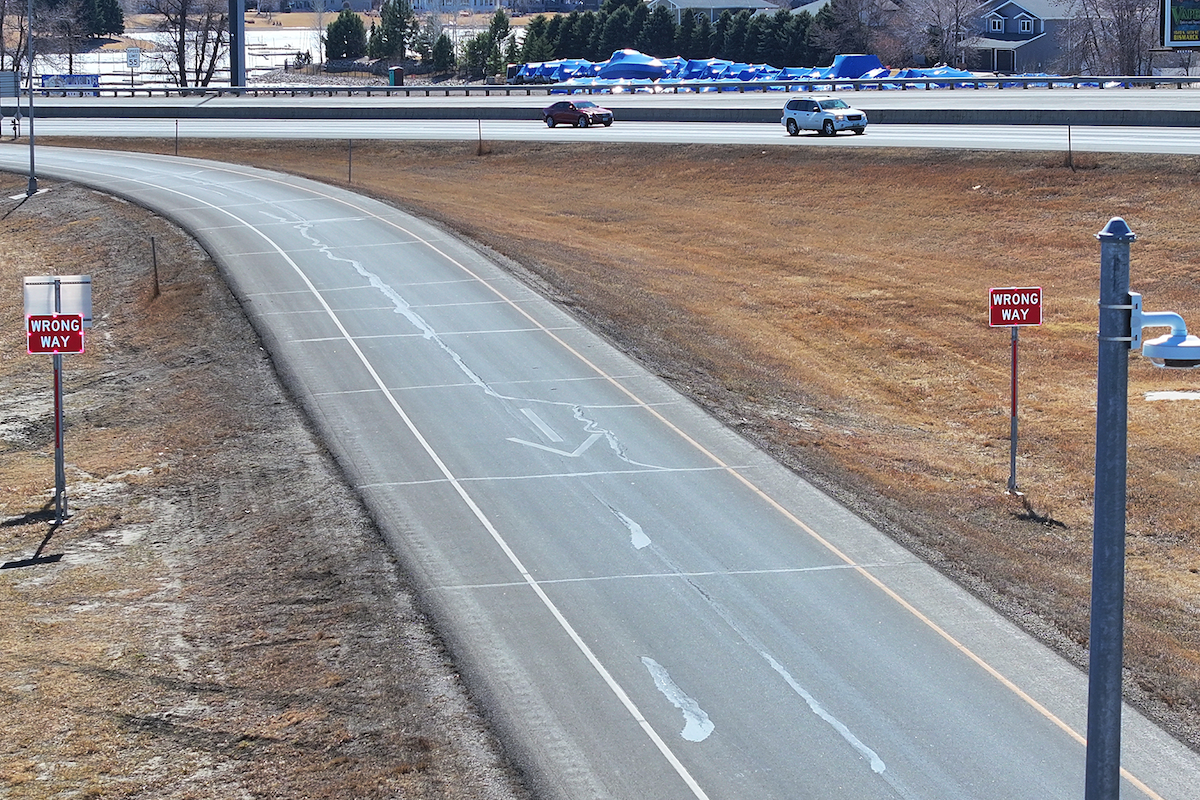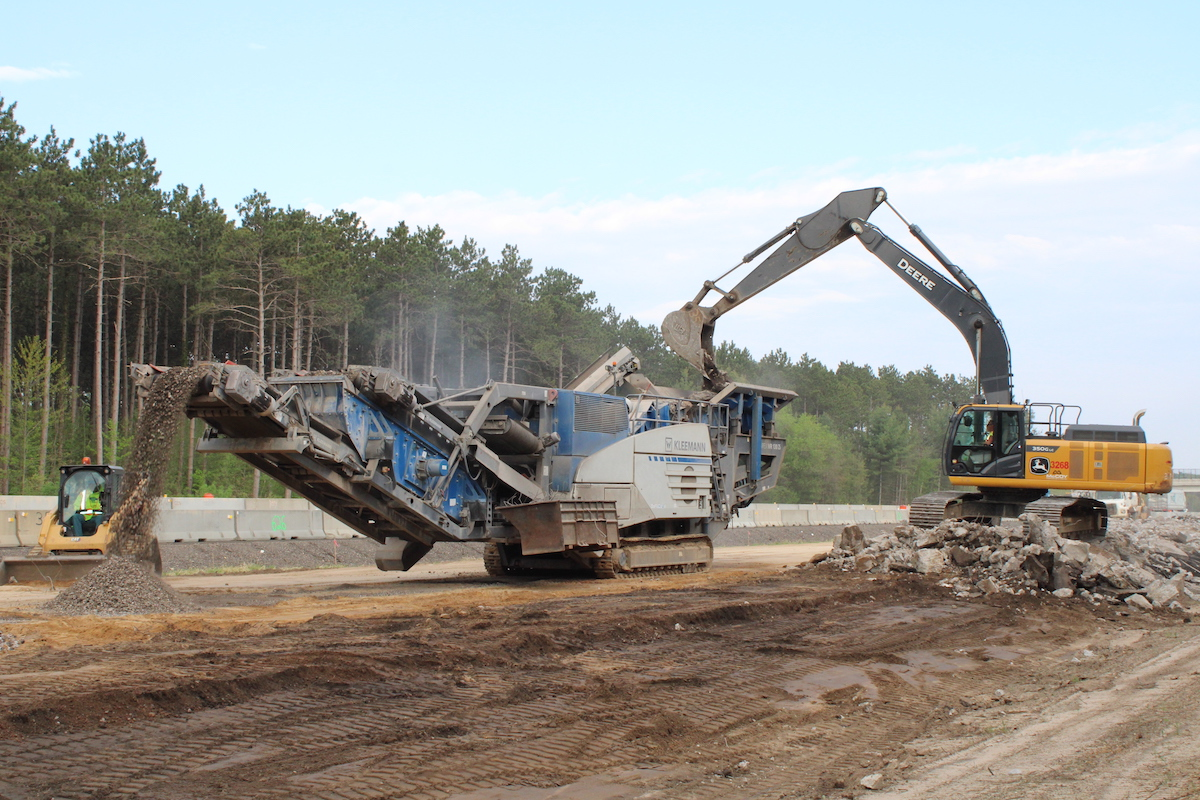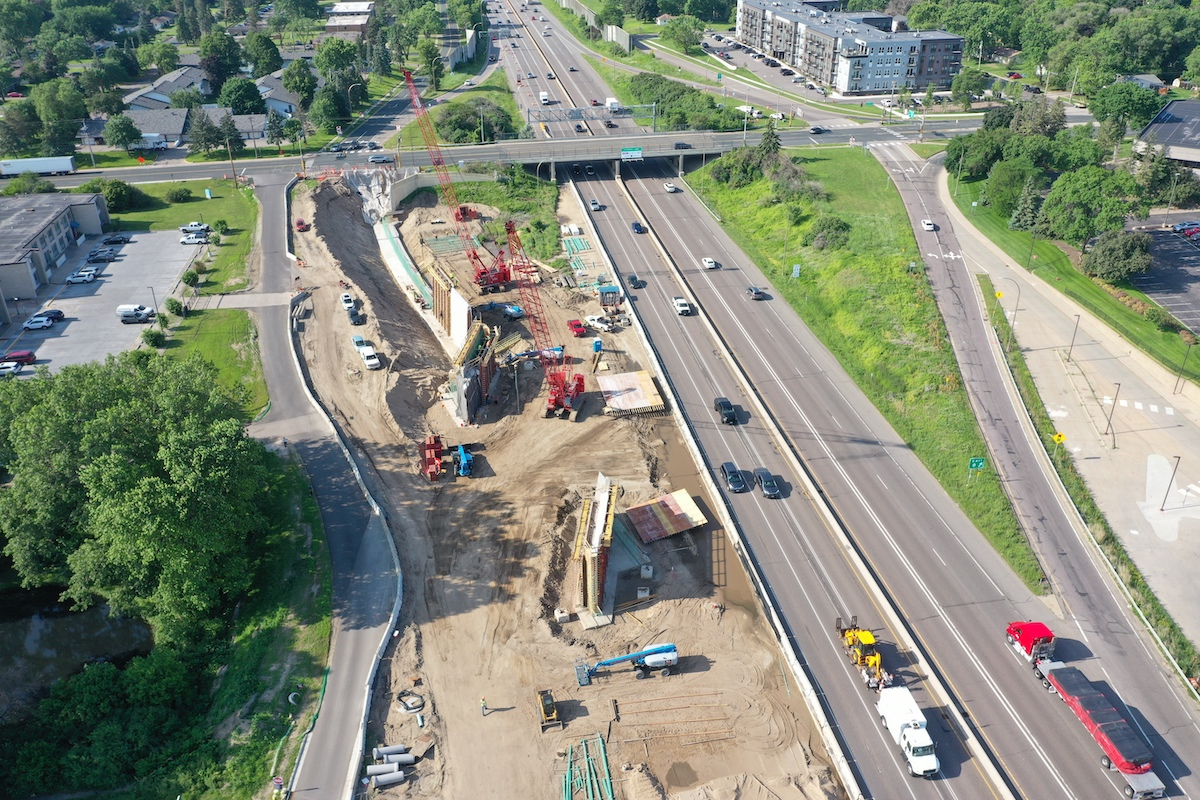The Brewer Water Department in Maine has adopted an innovative approach to meet the demands of the U.S. Environmental Protection Agency’s Lead and Copper Rule Revisions (LCRR). These revisions, finalized in December 2020, require water systems to prepare and maintain an inventory of service line materials later this year.
For Brewer, serving approximately 9,000 individuals through more than 3,500 service connections in the city and parts of neighboring communities, this presented a significant challenge. The department faced the task of verifying materials for thousands of service lines, many installed decades ago with incomplete records.
To address this challenge efficiently and minimize disruption to their infrastructure and community, the department turned to vacuum excavation technology.
“The federally mandated Lead Service Line inventory was our driving factor,” said Rodney Butler, Superintendent of the Brewer Water Department. “We needed a solution that would allow us to verify materials for services where our records were incomplete.”
Brewer’s approach to this substantial undertaking offers insights for other utilities across the United States facing similar challenges in complying with the new LCRR requirements.

| Your local Trimble Construction Division dealer |
|---|
| SITECH Northwest |
The Brewer Water Department invested in a Vermeer VXT300 Truck Vacuum Excavator, which has proven crucial for their service line inventory process. This equipment features an 8-cubic-yard spoil tank, 6-inch dig tube, and can carry up to 800 gallons of water.
Built on a Kenworth T880 Truck Chassis, the VXT300 has a 350-horsepower diesel engine and a 6-speed automatic 3,000 RDS Allison transmission. Its PTO drive powers a Roots 624 Vacuum Blower, delivering a maximum flow of 3,500 cubic feet per minute of free air and maximum suction of 18 inHg.
“Vacuum excavation is quick, cost-effective, and less invasive than digging with a mini excavator or by hand,” Butler said. “It allows us to check the service line material and renew the box and rod where necessary.”
The VXT300’s water pump, producing 10 gallons per minute at 3,000 pounds per square inch, provides the power needed for efficient excavation, even at greater depths. The PTO drive system enhances efficiency by allowing the vacuum to keep running while repositioning the truck between holes, eliminating the need for full machine shutdown.

| Your local Volvo Construction Equipment dealer |
|---|
| Nuss Truck & Equipment |
“We previously used a small vacuum trailer designed for clearing out valve boxes,” Butler added. “While effective, it was labor-intensive, and its limited load and onboard water capacity reduced our time in the field.”
The Brewer Water Department has developed a streamlined process for service line material verification using their vacuum excavator:
- The crew arrives on site and sets up equipment.
- Using the vacuum excavator, they create an approximately 18-inch diameter hole to access the service line.
- The team visually inspects and documents the service line material, taking photographs for record-keeping.
- If necessary, using specialized tools they replace the curb box and rod, leaving the location with renewed infrastructure.
- The excavation is carefully backfilled, and the site is restored.
“We’ve picked up an extra one to two services a day,” Butler said. “But more than that, it’s the reduced strain on the crew that has allowed us to keep going consistently for the last three months.”

| Your local Gomaco dealer |
|---|
| Swanston Equipment Co |
| Hayden-Murphy Equipment Co |
The efficiency gains are significant. What once might have taken hours of excavation now takes between 30 to 45 minutes per location. “The process is not only faster, but also ... less disruptive to the community,” Butler added.
The Brewer Water Department is using this regulatory requirement as an opportunity to improve its infrastructure.
“In addition to identifying materials, we use the vacuum excavator for main line valve box replacement, valve nut repair, and in conjunction with conventional excavation,” Butler said.
This approach allows the department to address potential issues before they become emergencies, ultimately saving time and resources in the long run. It is particularly useful given the department’s extensive network of over 60 miles of transmission and distribution mains, and more than 400 fire hydrants.

| Your local Komatsu America Corp dealer |
|---|
| Road Machinery and Supplies Company |
The implementation of vacuum excavation has had several impacts on the Brewer Water Department’s operations:
- Minimize Damage: The vacuum excavation method helps reduce the risk of damaging other underground utilities and minimizes physical strain on workers.
- Efficiency: “The vac truck is on the road at 8 a.m. and returns to the shop at 3 p.m. to be emptied, washed out, filter changed, and washed, and water tanks filled for the next day,” Butler described, highlighting the streamlined daily operations.
- Public Health Protection: By accurately identifying service line materials, the department can prioritize lead service line replacements, helping contribute to improved public health outcomes.
- Minimal Disruption: The small excavation footprint and quick turnaround time means less disruption for residents and businesses.
- Versatility: “The additional use in conjunction with conventional excavation equipment has improved our conventional excavation process,” Butler said. “This has helped reduce the need for manual excavation with a shovel under pipe.”
While the vacuum excavator has improved the department’s efficiency, Butler acknowledged that there were some initial hurdles to overcome.
“In the early stages, we had a lot more questions than we do now,” he said. “Our sales representative and the team at Vermeer All Roads assisted us every step of the way. They made sure that our staff knew how to use the vacuum excavator and continue to support our service and parts needs to this day.”

| Your local Link Belt dealer |
|---|
| Hayden-Murphy Equipment Co |
The department has also found ways to enhance the excavator’s performance. “The heated water is appreciated by the crew in the cooler months,” Butler said. “It has also been helpful when working in soils with clay.”
The VXT300’s features, such as the control system that allows one-person operation using a durable full-function belly-pack or handheld remote, have contributed to its ease of use. The reverse flow option assists with spoil offloading and clearing hose clogs, further improving operational efficiency.
As water utilities across the nation work to meet the LCRR requirements, the Brewer Water Department’s approach demonstrates how appropriate equipment, coupled with a well-planned process, can help address regulatory challenges while improving overall operations.
“We have gained valuable experience since investing in our vacuum excavator,” Butler said. “These machines can be useful for anyone involved in digging around utilities.”

| Your local Trimble Construction Division dealer |
|---|
| SITECH Northwest |
The Brewer Water Department is well-positioned to meet the LCRR requirements, thanks to their practical approach and the capabilities of their vacuum excavator. Their experience may be helpful for other water utilities facing similar challenges.
Brewer’s approach not only helps the department comply with federal regulations, but also aligns with their longstanding commitment to providing high-quality water services. Their recent accolades, including Maine’s Best Drinking Water award in 2020 and the Excellence in Operations Award from the Maine Water Utilities Association in 2023, underscore this commitment.
Additionally, in 2023, the Maine Rural Water Association honored the water department with a distinction for Outstanding Source Water Protection. These awards reflect the department’s holistic approach to water management, from source protection to distribution, and their dedication to public health and operational excellence.
As they continue to tackle challenges like the LCRR requirements, the Brewer Water Department can serve as a model for other utilities, demonstrating how innovation, dedication, and the right tools can lead to improved services and recognition in the water industry.
















